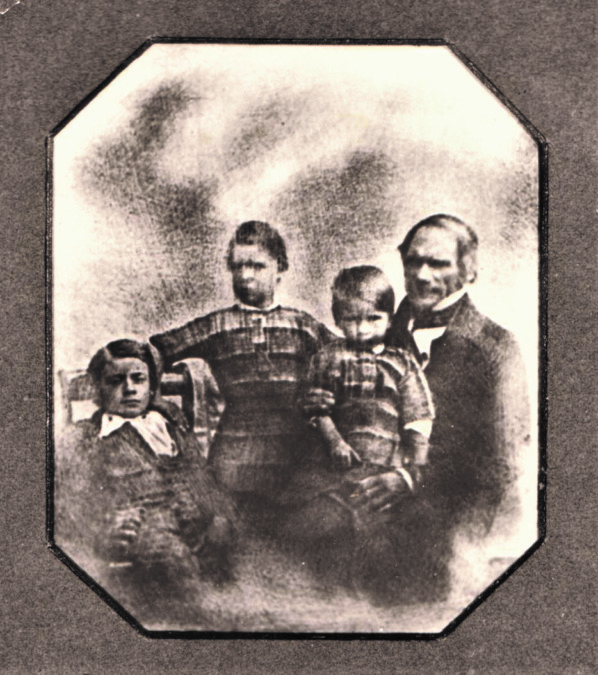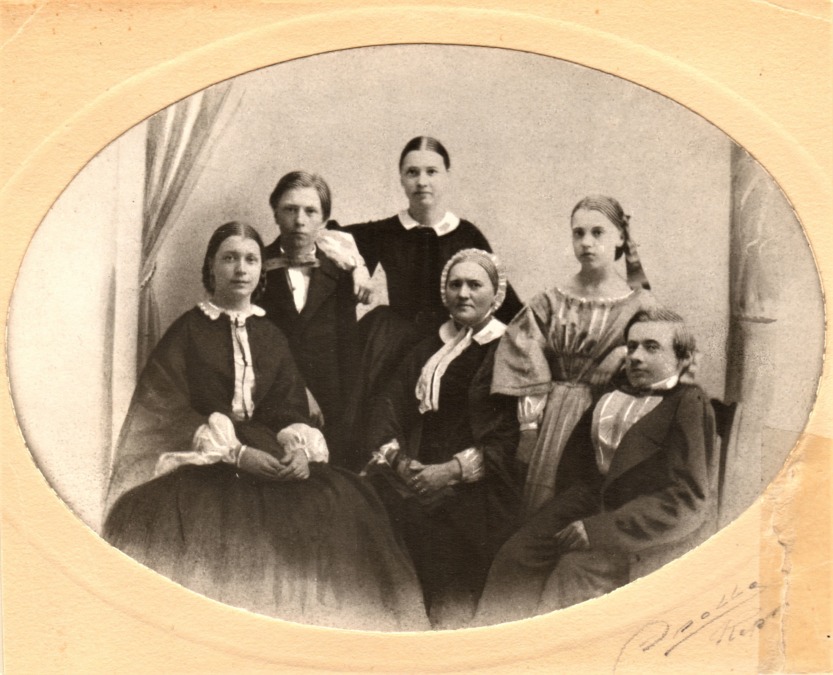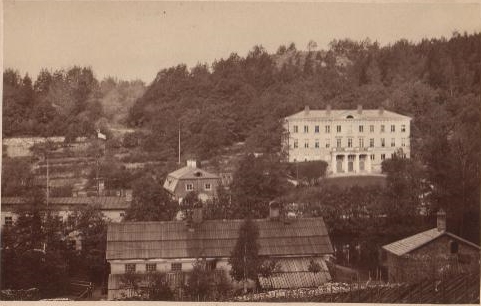This year will mark the 200th anniversary since Johan Jacob “John” Julin bought the Fiskars ironworks. John is often called the second founder of Fiskars. In regard to this anniversary, Fiskars museum will publish stories describing Johns life and deeds throughout the year.

Johan Jacob Julin was born in Oulu in 1787, where his father worked as an apothecary. His father, Johan Julin, had moved to Oulu from Uppsala, but the family originated from the Julita parish in Södermanland. Hence the name Julin. His mother Albertina Karberg was the daughter of the previous apothercary in Oulu. Johan Jacob first recieved private tutoring, after which he attended the Oulu Trivial School. He began studying pharmacy under his father’s guidance, and in 1810 he recieved his degree in the subject. His brother also became an apothecary, and both brothers would come to be notable figures in their new hometown of Turku. But more on that next time, when the story continues.
After receiving his degree in pharmacy, John Julin bought the Royal Academy of Turku Farmacy, and this turned out to be a successful business venture. A few years later his father also bougth a pharmacy in Turku and moved to the city. After the death of his father in 1820 his brother Erik took over their father’s pharmacy, and also ended up becoming a noted figure in Turku. In the summer of 1813 John Julin married his childhood friend Lise Keckman. Their marriage was happy but brief, as Lise died in childbirth in 1815. A few months later he also lost his daughter Emma. Unfortunately this would not be the last time that John would be affected by the high rate of infant mortality and lacking health care of this age, as we will discover later on.
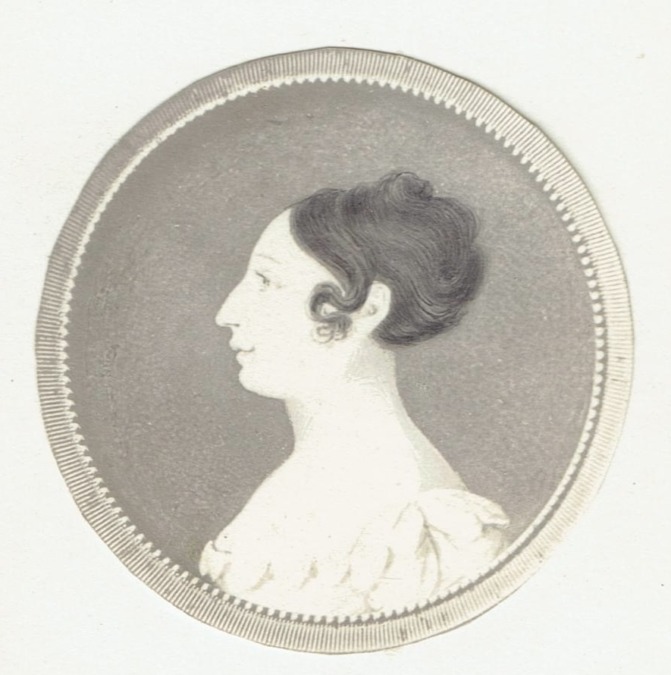
John Julin became a widower at the age of 28. When his newborn Emma also was taken away from him, he got the advice to travel to Europe. During the trip he got to experience a Europe where the industrial revolution had come much further than in Finland. John noticed several innovations he would later bring back to Finland. During the trip to England he stayed just outside of London, with the Doctor of Philosophy in Theology Lindsay from Scotland. He would later on marry the daughter of Lindsay, Emily, also called Emilia.
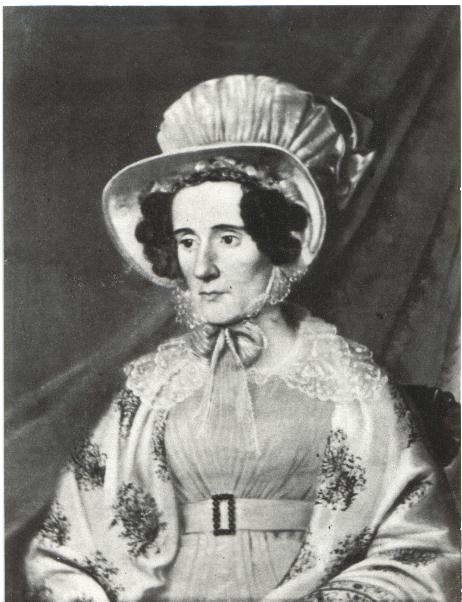
During his travels in England, John Julin met Emilia Lindsay, and they were wed in 1821. The couple lived in Turku until the university was moved to Helsinki in 1828, but they disliked living in their new hometown. John had bought the Fiskars ironworks in 1822, and the couple lived there during the summers. In 1829, however, they permanently relocated to Fiskars. Emilia became the first lady of the newly built Manor House. The couple had five children, but four of them died in infancy. At the birth of their son Emil, Emilia tragically died in childbirth.
John Julin was a true trailblazer. In addition to technology, he had a wide variety of interests. He recieved many of his technology-related ideas during his travels overseas or by reading journals on the subject. In 1819 he attempted to found a steamboat shipping company, 14 years before the first steamboat in Finland was built. The machinery workshop he founded in Fiskars was the first of its kind in Finland. Here machine parts were made for this growing industry. In 1838 the 5th steamboat in Finland, the Helsingfors, was built. Its machinery was the first to be completely manufactured in Finland, made at the machinery workshop in Fiskars. John Julin was also a trailblazer in other areas. In 1822 he founded Finland’s first savings bank in Turku. He also took part in developing the school system. But more on this later on.
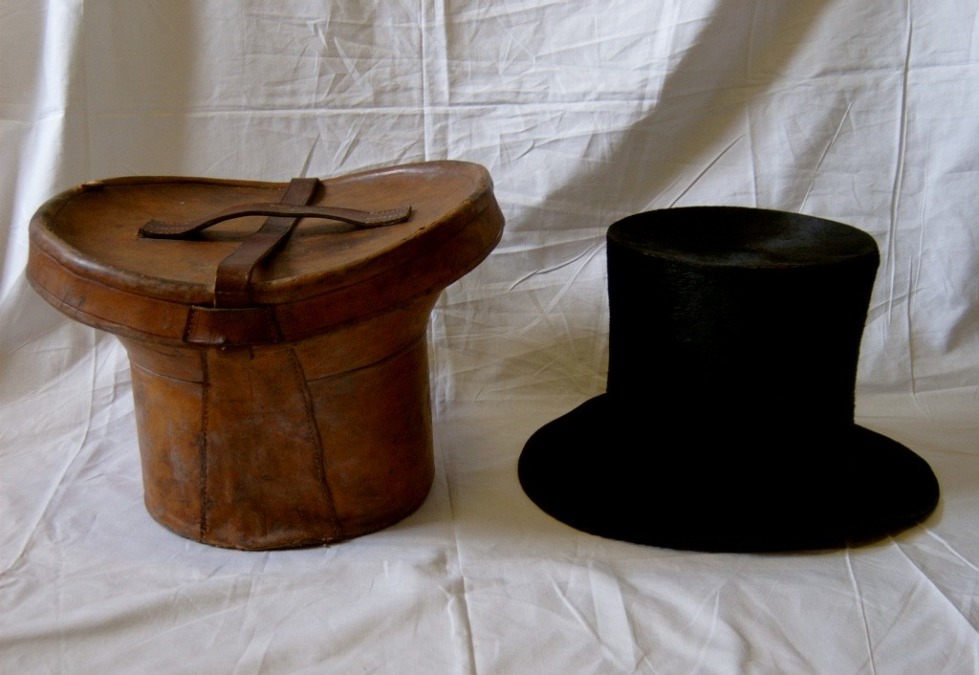
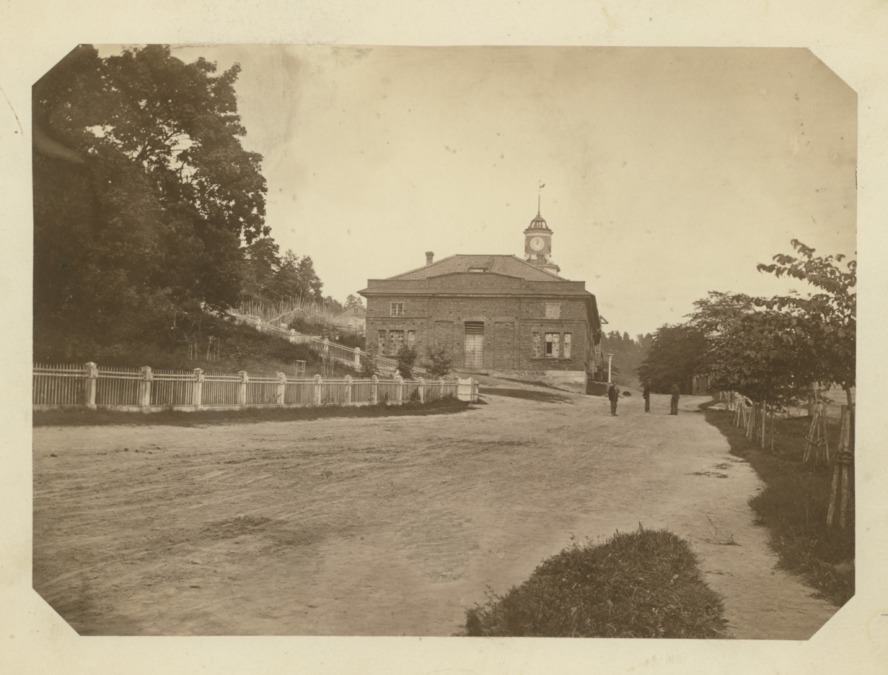
During his travels in England, John Julin came in to contact with schools of the Bell-Lancaster method, which worked on the premise that the older students teached the younger ones. In 1820 Julin founded the first Bell-Lancaster school in the country in Åbo, and in 1826 he initiated the construction of a school in Fiskars. In 1832 a temporary locale started being used for the education of Fiskars’ children, and in 1833 the schools activities were moved to the by then finished school which was a part of the Clock Tower Building. The building recieved its iconic tower during the end of the 1830s and since 1842 the Könni clock nr. 9 has told the time for the Ironworkers. The Bell-Lancaster school was active until 1872 when it was reformed into a primary school and in 1928 the school was split into a Swedish school and Finnish School. The Swedish school closed down in 1971, due to a lack of students.
John Julin had already become familiar with philantrophy in his childhood home. This interest in looking after those less fortunate would always be a part of him. His idea of a savings bank, the first of its kind in Finland, was based on those less fortunate having the means to change their situation. In Fiskars he focused on the health and wellbeing of the ironworkers, and he built new homes for the workers along the Peltorivi road and the main road of the ironworks. He also employed a doctor in the ironworks. The building called Slaggbyggnaden was built as a canteen for the workers of the Machine Workshop. This allowed them to eat elsewhere than in the dirty factory itself. Next time we will learn more about the Machine Workshop.
John Julin quickly realized that he needed a foundry. At that time, all machine parts were ordered from Sweden. Julin was unhappy with this arrangement, and decided to build a foundry in Fiskars. The Foundry, which was the first of its kind in Finland, started up in 1827 but a new modern foundry was built in 1836. The following year the Machine Workshop was built, also the first of its kind in Finland. The Machine Workshop and the Foundry were located in the upper ironworks, which became the center of the heavy industry in Fiskars. In the lower ironworks, where work had begun in the 17th century, Julin built a Cutlery Mill, which was based on a Swedish model. Thanks to foreign labour, the Cutlery Mill designed by C.L. Engel opened its doors in 1832. The scissors were, from the beginning, a part of the assortment, together with knives, forks, razors and penknives. Due to Julins genuine interest in the development of agriculture, ploughs eventually became the Machine Workshops most sold products of all time.

Since the founding of the ironworks in Antskog and Fiskars, most of the trees in the area had been cut down. To guarantee the future of the forests, John Julin saw it neccessary to do something. In Sweden he had come in contact with rational forestry, where the forest was divided into squares consisting of similar aged trees. Compared to the earlier method, selection forestry, where single trees where selected, the new method guaranteed the renewal as well as the improvement of the forest. Julin had many interests, and over the years he became interested in farming. Rational farming, including crop rotation, made an entry on the fields owned by Julin, and he also introduced test milkings and breeding competitions, with the purpose of making milk production more interesting for ordinary people.
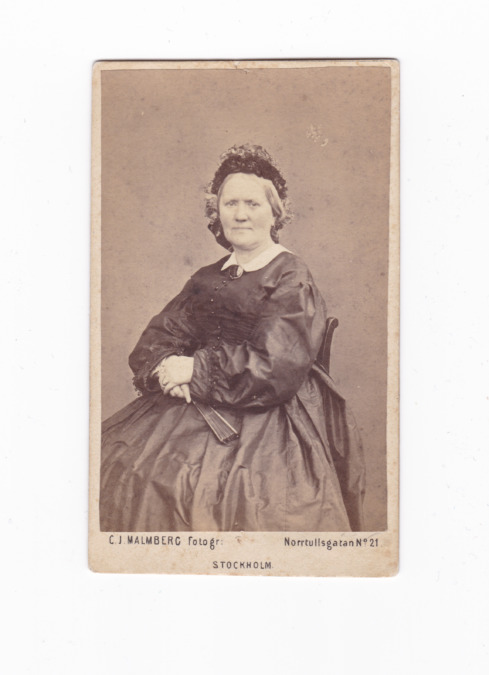
When John Julin’s third wife Charlotta had passed away in childbirth in 1844, John needed help with child care. His sister-in-law Louise came to help him. They took a liking to eachother, and got married in 1845. The following year their son Albert was born, and three years later their daughter Sigrid. Louise was a kind mother to her own children as well as to the children born in John’s earlier marriages. The couple’s son Albert was to become the first chief executive officer of the limited liability company Fiskars Aktiebolag, established in 1883. Albert also played an important role as a supporter, both morally and economically, to his nephew Gustaf Mannerheim, when Gustaf’s mother Hélène passed away and his father left the family. There is more to tell about John’s children and grandchildren, but more on that later.
John Julin was knighted in 1849 and became John von Julin. His motto was “Toimi, totuus ja toiwo” (Work, truth, hope). In his testament John von Julin had decided that the inheritence would be divided when his youngest son Albert had become of age. When John passed away in 1853, Albert was only 7 years old. Of all his children five of them became adults, namely Emil, Hélène, Hanna, Albert and Sigrid. As previsouly mentioned Albert became the first chief executive officer of the limited liability company Fiskars Aktiebolag. Before that the ironworks had been in Emil’s possession, Koskis ironworks belonged to Albert and the rest of the land properties belonged to the sisters. The descedants of John and his children have made sure that Fiskars is today a viable and world famous concern. Today the chairman of the board of Fiskars Group is Paul Ehrnrooth, John von Julin’s grandchildren’s great-grandchild.
